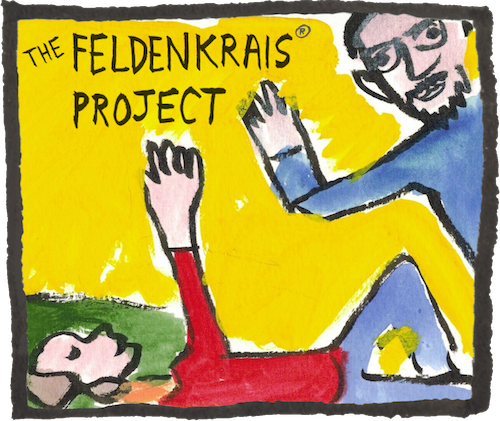Essence for “Experts”: Whole Body Arms (31m, Patrons)
Prerequisite: You should be familiar with Whole Body Arms (Patrons) before doing this version. Learn more about Essence for “Experts” lessons in the lesson notes tabs below.
A review version of this lesson. Organize action from your head, spine, and tail, and refresh their functional relationships with your shoulders. Then it's time for the arms: twist, roll, reach, and circle them while sustaining whole body awareness.
We offer over 50 free lessons, but this one's just for our Patron-level donors. You can learn about it in the free lesson notes and comments below, but to access the audio you’ll need to join The FP as a Patron. Learn more
Donor Tip: Skip this login next time! See Why & How to Stay Logged In (and why it's safe)
Got a question for Nick, or a thought about this lesson?
Use the comments section below! Public comments build our community and help search engines find us.




Copying over some discussion from the original Patrons Quarterly video version of this recording.
Richard Fancy on January 24, 2025 at 1:55 am
This review lesson and the short head under the gap lesson felt very similar. In both I had the feeling (since I had done the longer version several times) I “knew” how to do it. I had what amounted to physical memory of the long version which made it easy to experience the moment as a whole as Nick was emphasizing.
Nick Strauss-Klein on January 24, 2025 at 8:11 am
Great, yes! The goal of sensing and acting from the spine and pelvis—really the whole self—and blending flexion, extension, rotation, and side-bending into multi-planar functional movement explorations…all this creates a close link between these lessons. I love that you called this out, especially since the two lessons start in different relationships to gravity: one is side-lying, one is back-lying. Students often isolate their physical imagination based on that, but in fact the starting configuration of the body in gravity is often just a convenience for teaching and understanding at the beginning of lessons. Awesome that you caught that these lessons are about the same things.
Thank you Nick. The area under my right scapula was in a spasm when I woke up this morning. after this 30 min lesson, no pain no spasm.
Thank you Nick! It’s great to learn about the ribs, spine, and pelvis from using the arms.